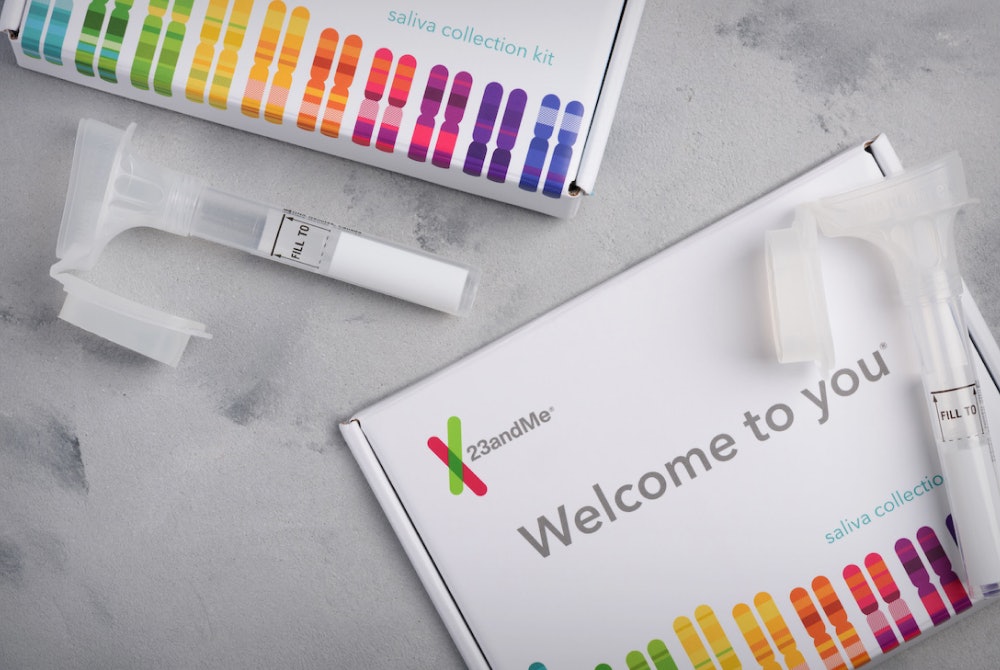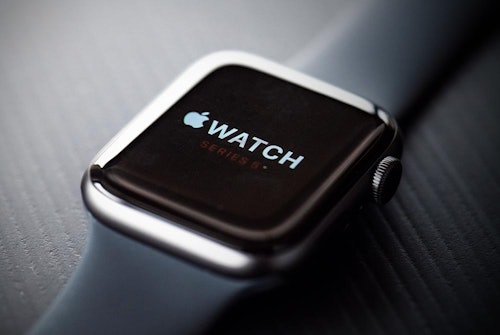- What are Ancestry Tests?
- Types of Ancestry Tests
- Common Ancestry Tests
- The Margin of Error Among DNA Tests
- Factors That Determine the Accuracy of DNA Tests
- How Accurate are Ancestry Tests?
At-home ancestry DNA tests are a quick and easy way to learn more about yourself, your ethnic roots, or any genetic disorders your lineage may have. And nowadays, anyone can go online, order an ancestry test, send in a sample, and get DNA results back within days.
But just how accurate are these ancestry tests? Across the industry, individuals are receiving varying results based on which company they used. Though some provide only slightly dissimilar results, it’s more often the case that consumers are seeing significantly different results.
We researched the accuracy of ancestry DNA tests to better understand how they work and whether you can trust their results 100% of the time.
What are Ancestry Tests?
First, what is DNA? DNA is basically the code in our cells. It’s made up of three billion individual letters organized into 23 pairs of chromosomes.
DNA tests, or genetic testing, analyzes the changes in our chromosomes, proteins, or genes. These tests can be used to determine a person’s ancestry or to reveal mutations in your genes that may cause diseases or illnesses.
Genetic ancestry testing can be used to give people more information about their genealogy than what is shared via family members or historical documentation.
People of particular backgrounds tend to share patterns of genetic variation, so these tests claim to provide insight into how closely related you may be to another individual, family, or population.
Types of Ancestry Tests
There are three types of genetic ancestry tests commonly used for genealogy:
- Y-DNA tests: Y-chromosome testing is only used to test a direct male line. Since Y-chromosomes are passed down from father to son, you can use this test to see if both parties sharing a surname are related. Females cannot take this test.
- Mitochondrial DNA (mtDNA) tests: Testing people’s matrilineal (mother-line) ancestry is done through mtDNA analysis. Every person has mitochondria, which allows for both sexes to take this test. However, since mitochondria are passed on only by women, no men or their ancestors can be detected within the results.
- Single nucleotide polymorphism (SNP) tests: SNPs may be more effective in offering individuals details about their ethnic background compared to mtDNA and Y-chromosome tests. They can be used to evaluate DNA across a person’s entire genome.
Common Ancestry Tests
Some of the most popular at-home ancestry kits on the market are:

- Thousands of brands, millions of products
- Free shipping on millions of items
- Free One-Day delivery with Amazon Prime, available coast to coast
The Margin of Error Among DNA Tests
DNA tests offered by the biggest companies are looking for two things when analyzing your sample: your DNA matches with relatives and what your ethnicity is made up of.
The first is extremely accurate, while the second is often debated among experts and should be taken with a grain of salt. Ethnicity and race results from ancestry tests are estimates, meaning the exact geographical percentages are often just that, estimates.
Ancestry Tests Are More Fun Than Scientific
Though today’s tests are getting better at providing more precise estimates, science doesn’t support these tests as a way to understand individual ethnic or racial identity.
The National Human Genome Research Institute states that, “All human beings are 99.9% identical in their genetic makeup,” with only 0.1% giving us clues about the causes of diseases. Of that 0.1%, around 85% of those distinctions are not even related to race or ethnicity as we have come to think of them.
So really, when you submit a DNA sample to identify your background, you’re only analyzing a small proportion of a tiny number of genes that make you different from the person next to you—about 0.015%.
Factors That Determine the Accuracy of DNA Tests
Ancestry services use data collected from millions of people, but the accuracy of these tests is determined by a number of factors, including:
- The Amount of Geographical Data: One factor that can determine the accuracy of your test results is how much information the test center collects from you (what questions they ask), and how much data they have on the DNA sequences of individuals from your ethnic group and ancestral geographic range.
- Heterogenous vs. Homogenous Lineages: Ancestry DNA tests are also more accurate when your lineage comes from a homogenous background. The more intermixing within your ancestry, the more challenging it’ll be to get a clear view of your roots.
- The Company’s DNA Database: DNA tests may be less accurate depending on which company you used to determine your results. Companies compare their data from their own databases which may be limited depending on whether they have sufficient DNA data from various regions. For example, companies tend to have limited DNA data in their databases when it comes to ethnicities from Africa, South Asia, East Asia, and South America.
- What the Company Tests: Testing companies also tend to be selective in choosing which genetic variations to look for, which means they’re only accounting for a small fraction of the millions of SNP contained in our DNA.
How Accurate are Ancestry Tests?
If you’re using a DNA test to find close family members, they can easily identify relations such as parents or siblings. However, if you’re using them to determine exactly where your ancestors came from, you’re likely going to get a mixed bag of results.
As far as science is concerned, DNA only points to our biological ancestry.
We are offered a picture of our family tree and its branches, but it does not give us an idea of how long our ancestors spent in a certain geographical region. The latter is often how people perceive their heritage.
Ethnic Percentages Are Often Unreliable
You can often get a good idea of your immediate origins but to have it broken down by specific percentages—such as 30% Scottish, 5% Irish, and 12% Native American—is much less scientific.
The further back we go to understand our ancestors, the closer we get to finding that humans are all closely related.
Basically: Your ancestors are my ancestors, and mine ancestors are yours. Our DNA will tell us very little about our specific identities, histories, and cultures.











Comments